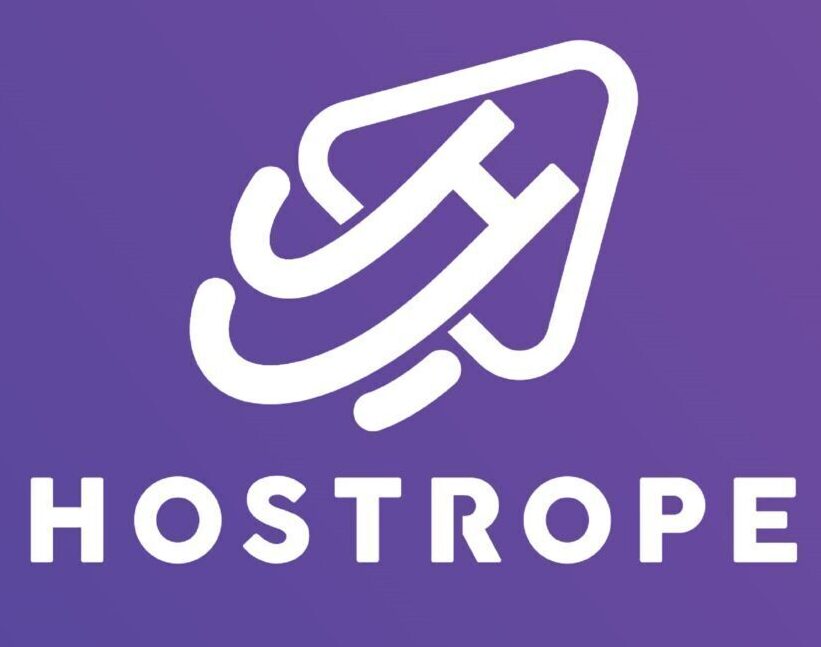In the world of email marketing, relevance is key. The more personalized your content, the higher your chances of engaging with your audience. This is where email segmentation comes into play. Rather than sending generic emails to your entire list, segmentation allows you to divide your audience into smaller groups based on specific criteria, tailoring content to meet the unique needs of each segment.
In this blog post, I’ll walk you through the importance of email segmentation, how it works, tips to maximize its effectiveness, and some real-life case studies to inspire your strategy.
Why Is Email Segmentation Important?
Imagine receiving an email about a winter jacket sale while you’re living in a tropical region. You’d likely delete it immediately. That’s the power of irrelevant content. Segmentation solves this by ensuring your emails are relevant to your subscribers’ interests, location, and behaviors.
Here are some statistics that show the effectiveness of segmented email campaigns:
- Segmented campaigns can drive up to 760% more revenue compared to non-segmented campaigns.
- Marketers have seen a 14.31% higher open rate and a 100.95% higher click-through rate in segmented campaigns.
By sending the right content to the right people at the right time, segmentation helps build trust, improve engagement, and increase conversions.
Key Benefits of Email Segmentation
- Improved Open and Click-Through Rates: When emails are more relevant to subscribers, they are more likely to open and interact with them.
- Lower Unsubscribe Rates: Tailored content reduces the chances of subscribers feeling overwhelmed or annoyed by irrelevant emails.
- Higher Conversion Rates: Personalized messages can encourage subscribers to take action, leading to better sales and engagement.
- Better Email Deliverability: When subscribers engage with your emails, it positively affects your sender reputation, ensuring more emails land in the inbox rather than the spam folder.
Popular Ways to Segment Your Email List
- Demographics
One of the simplest ways to segment your list is based on demographic information like age, gender, income, or occupation. For example, a clothing retailer might send different collections to men and women based on their fashion preferences.Example:
A high-end cosmetics brand segmented their audience based on gender. They sent male subscribers emails about skincare products tailored for men and female subscribers emails about makeup and beauty tools. This resulted in a 20% increase in conversions for both segments. - Geographical Location
Segmenting by location allows you to send weather-specific, region-specific, or time zone-based promotions. This is especially useful for companies with global customers.Case Study:
An outdoor gear company used geographical segmentation to target customers in cold-weather regions with promotions on winter gear, while sending customers in warmer areas offers on hiking and summer sports gear. This strategy led to a 15% boost in sales during their seasonal promotions.
- Behavioral Segmentation
This involves segmenting users based on how they interact with your brand. You can create segments for subscribers who have:- Recently purchased a product
- Clicked on a specific link in your previous email
- Browsed particular sections of your website By targeting these behaviors, you can tailor follow-up emails, such as upselling products or offering related services.
Example:
A SaaS company that offers project management tools created segments based on user engagement. They sent one email sequence to users who hadn’t logged into their account in over a month, offering them a free webinar on productivity. Active users received tips on optimizing their workspace. The campaign resulted in a 40% re-engagement rate among inactive users. - Past Purchase History
Knowing what a subscriber has previously purchased can give you insights into their preferences. Sending personalized recommendations based on their purchase history can encourage repeat purchases and foster customer loyalty.Case Study:
An online bookstore segmented their audience based on past purchases. Customers who bought business-related books were sent recommendations on new business titles, while fiction lovers were targeted with bestselling novels. This strategy led to a 25% increase in sales from repeat customers. - Engagement Levels
Every email list has a mix of highly engaged subscribers and those who rarely open emails. By segmenting your list into active and inactive users, you can target each group with different strategies. For example, send special promotions to highly engaged subscribers, and create re-engagement campaigns for those who haven’t interacted in a while.Example:
An eCommerce store specializing in fitness equipment created an exclusive offer for their most engaged subscribers, giving them early access to a new product launch. For inactive subscribers, they launched a re-engagement campaign with the subject line “We Miss You! Here’s 20% Off Your Next Purchase.” This strategy brought back 10% of inactive subscribers and increased overall open rates. - Preferences and Interests
Allow subscribers to choose their preferences by sending them an interest survey or preference form. Based on their answers, you can create segments that cater to their specific needs and send relevant content accordingly.Example:
A travel agency asked subscribers to select their travel preferences (adventure, family-friendly, luxury, or budget travel). They then segmented the audience and sent targeted deals. Adventure lovers received hiking and camping trip recommendations, while luxury travelers received five-star resort promotions. This personalized approach led to a 30% increase in bookings.
How to Create an Effective Email Segmentation Strategy
- Collect the Right Data To segment effectively, you’ll need to gather data on your subscribers. Start by collecting basic information like location, demographics, and purchase behavior. You can also use tools like surveys or quizzes to gather more in-depth data.
- Use a Reliable Email Marketing Platform Platforms like Mailchimp, ConvertKit, or ActiveCampaign make it easy to create segments and automate campaigns. Choose a platform that integrates with your website and offers advanced segmentation options.
- Set Clear Goals Before you start segmenting, know what you’re trying to achieve. Are you looking to increase click-through rates, boost sales, or reduce unsubscribes? Clear goals will help you determine how to create and measure the success of your segments.
- Test and Optimize After launching your segmented campaigns, track the results. Pay attention to open rates, click-through rates, and conversion rates. Test different approaches, such as sending at different times, using various types of content, or tweaking your subject lines.
Final Thoughts
Email segmentation isn’t just a nice-to-have feature in your marketing strategy—it’s essential. By delivering more personalized and relevant content, you can build stronger relationships with your subscribers and ultimately drive higher conversions.
Start small, gather data, and continually optimize your segments. Over time, you’ll see the positive impact segmentation can have on your email marketing performance.
Have you tried email segmentation? What strategies have worked best for you? Share your experiences in the comments below!











Great post, I think website owners should learn a lot from this website its rattling user pleasant.